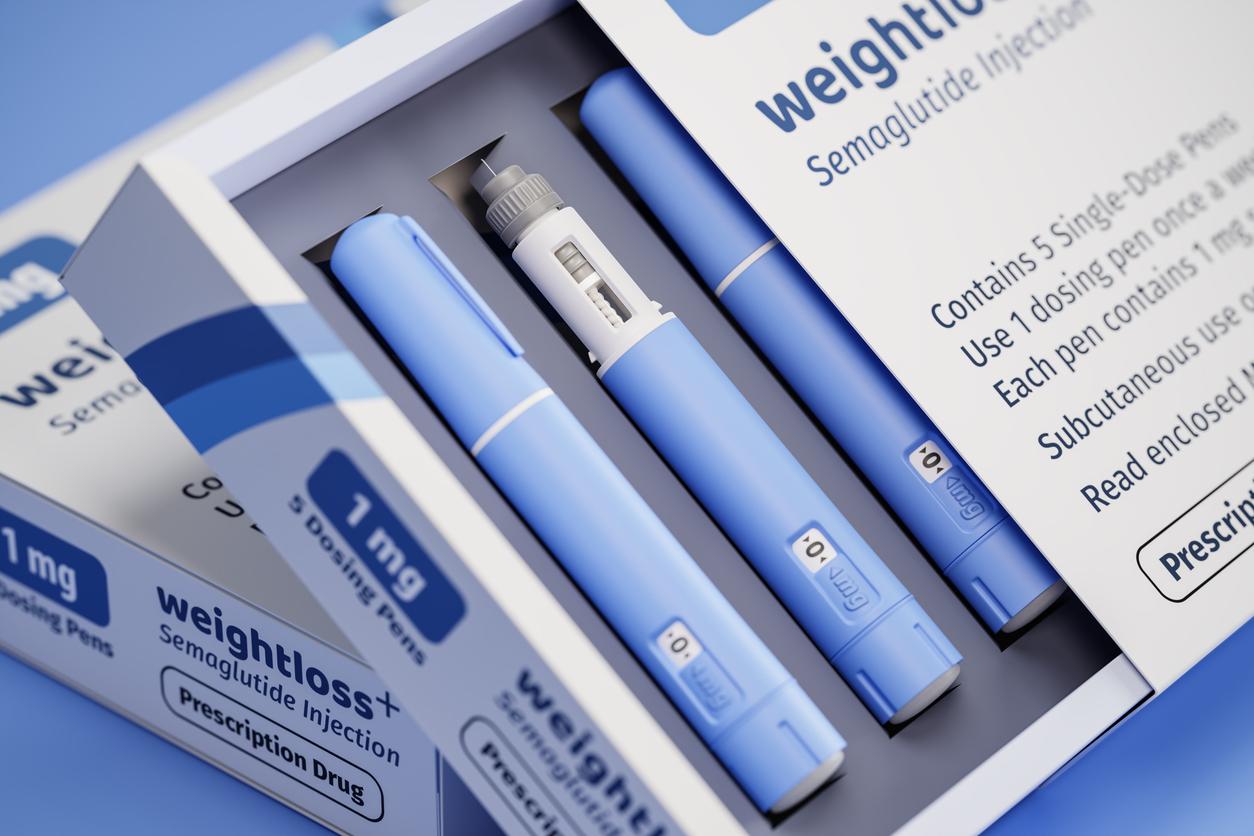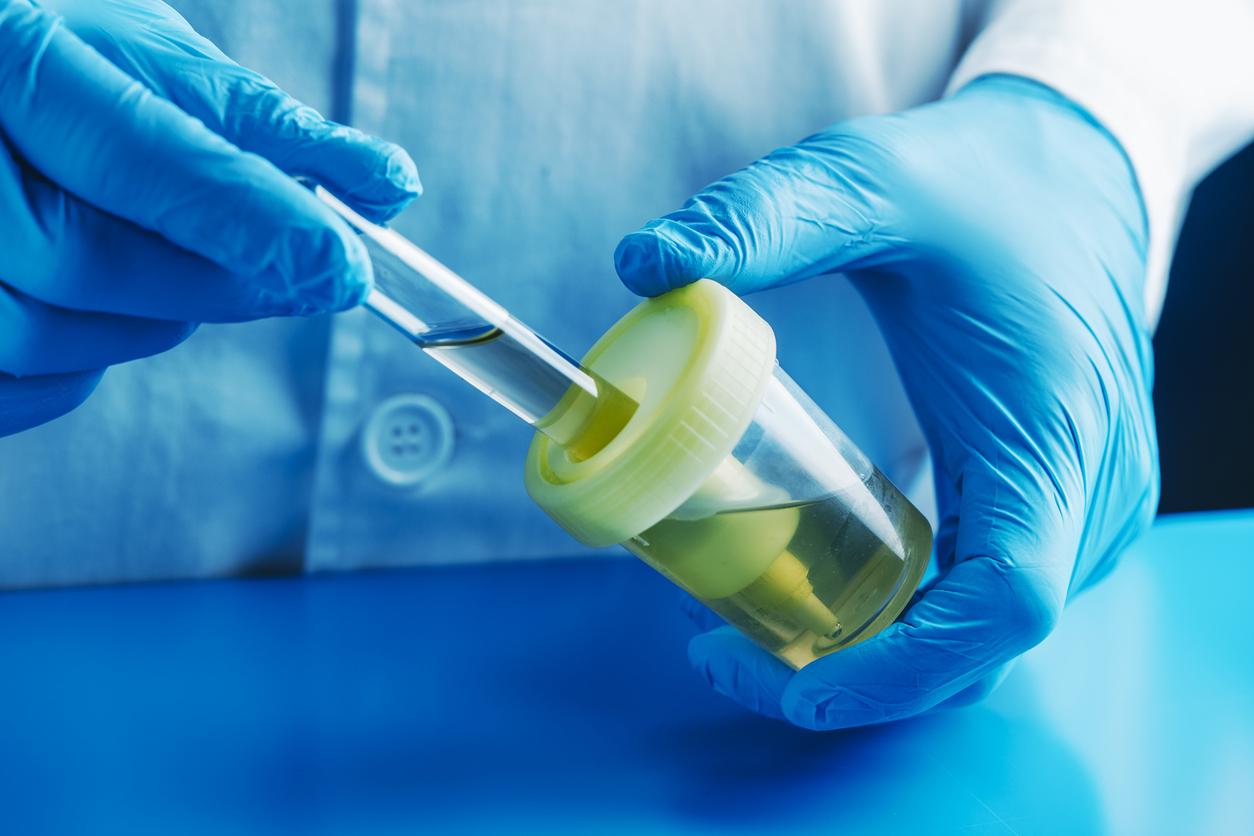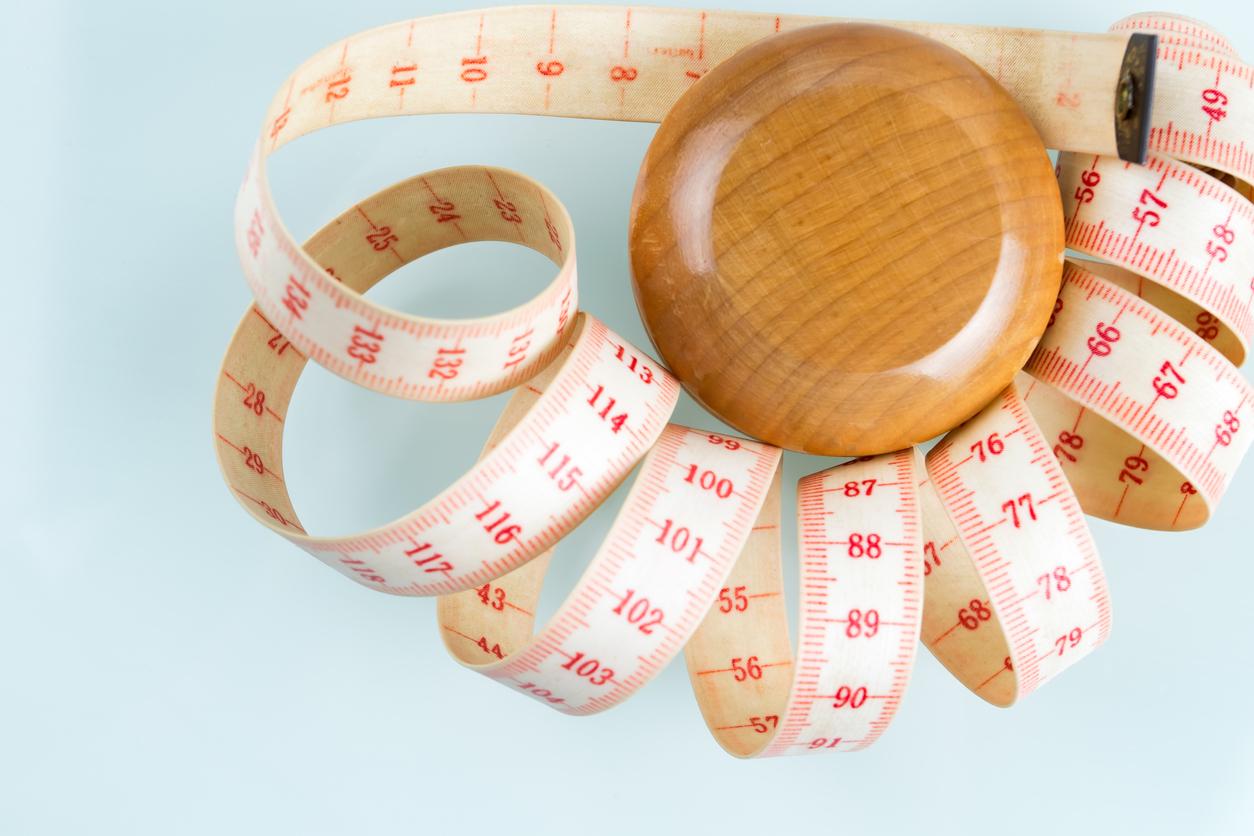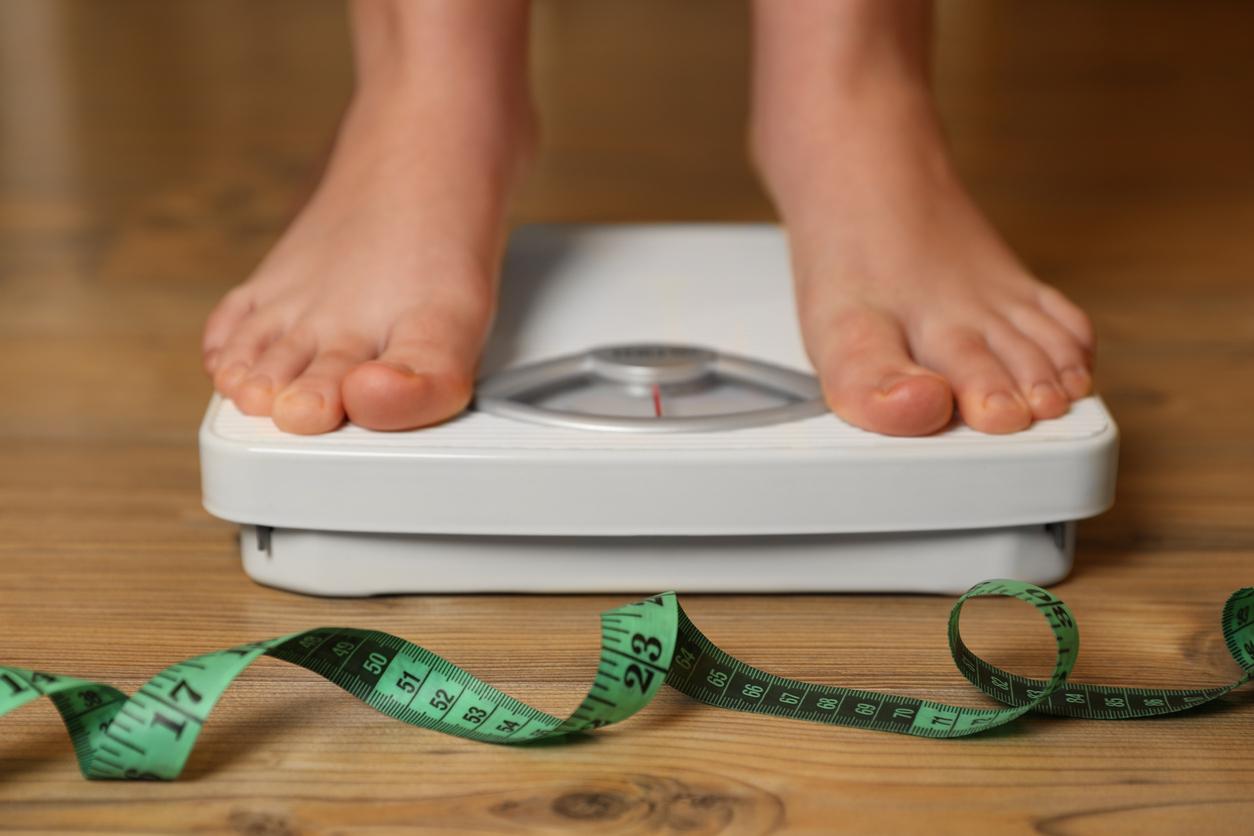To quench your thirst on the arrival of fine weather, choose water. Consumed too regularly, fruit juices, smoothies, fruit drinks, flavored waters and iced teas or infusions can have an impact on health.

- Today, the non-alcoholic beverage market is the most innovative category in food, with 7.9% of all new products introduced in 2019.
- While tea-based drinks recorded the strongest growth in turnover (14.1%), the same was not true for sodas, which experienced a decline in 2019 (-3.6% ).
“Pure juice”, “from concentrate”, “nectar”, “no added sugar”, “100% fruit”… Faced with the arrival of the first heat and our increasing thirst, CLCV studied 158 commercial drinks* (fruit juices, smoothies, fruit drinks, “flavored waters” and “iced teas and infusions”).
Results of the investigation : “Contrary to popular belief, many of these drinks have a poor nutritional profile, in particular because they are very sweet”, deplores the consumer association. “We also denounce a concealment technique used by distributors and manufacturers which consists of displaying a “prestigious” fruit (for example pineapple/ginger) while the drink mainly contains less noble and less expensive fruits (apple, grapes)”, add the activists.
Drinks to be consumed in moderation
The majority of the drinks studied are not of good nutritional quality: 56% have a Nutri-Score D, 24% are rated C, 14% B and 6% are rated E. No drink is in the first class of Nutri-Score Score (A), water being the only drink rated A. “These drinks are therefore to be consumed occasionally in view of their high sugar content”, emphasizes the CLCV.
A fruit juice does not replace a fruit
If, unsurprisingly, fruit juices are the drinks that contain the most fruit, they remain, whatever they are, very sweet (on average 10% sugar) and low in fibre. “They cannot replace in the diet one of the 5 recommended servings of fruits and vegetables per day”, add the experts.
Omnipresent and well hidden apple juice!
The consumer association also notes that many juices (pineapple or grapefruit for example) are half made of apple or grape juice, which is probably less expensive. However, nothing indicates this on the front of the packaging. “We are asking manufacturers and distributors for more transparency on the composition of drinks, in particular the clear and visible indication on the front of the packaging of all the fruits used in large quantities”, writes the CLCV in a press release.
Some “health” claims hide unpleasant surprises
91% of the drinks studied present claims or mentions selling their antioxidant or revitalizing properties on their packaging. “If they are not false, they can mislead the consumer”, warn the experts. In the survey, a 30% less sweet juice contains mainly coconut water, an iced tea “Without colouring” contains all other types of additives, a smoothie “antioxidant” is rated D on the Nutri-Score scale, and a fruit juice produced in France does not specify the origin of the fruits used… “We are asking for better supervision of nutritional claims and other positive mentions according to the overall nutritional profile of the drink, so that it is no longer possible to use them for drinks rated D or E on the Nutri-Score scale”concludes the consumer association.
All these drinks are not created equal
All these drinks evaluated in the study are not equal, because their composition varies according to their family. Pure juices, from concentrate or not, contain 100% fruit, no added sugar and very few additives. Nectars are composed of juice from concentrate, water, added sugar and some additives.
Fruit drinks, which are not called juice, iced teas and infusions and flavored waters contain mainly water, sugar, additives and a small amount of juice often from concentrate (9.5 % on average). Most of the time, those that are the least sweet are saturated with additives (flavors, sweetener…).
*Survey carried out between December 2020 and March 2021 in 6 large retailers.

.
















